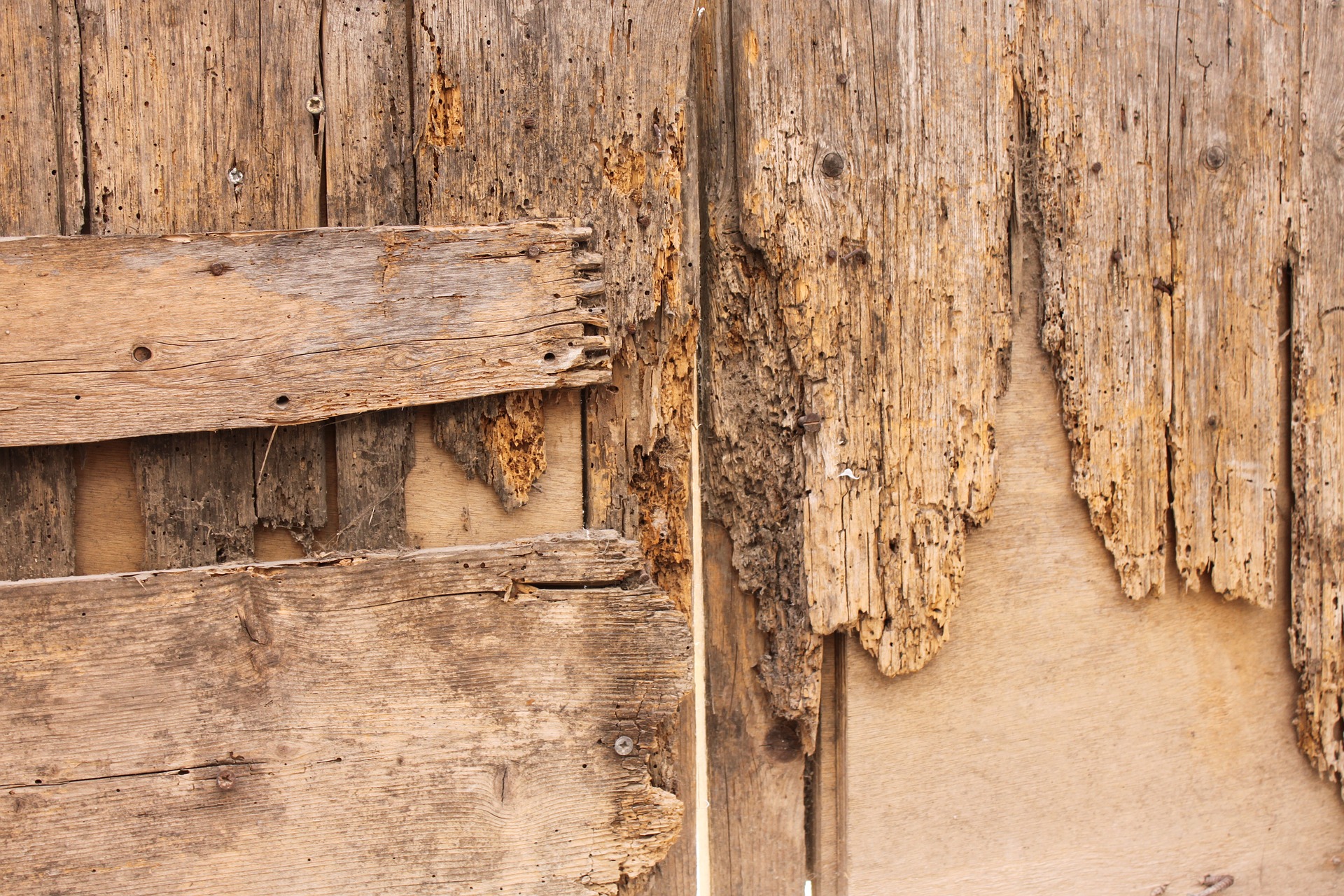
Do You Have A Wood Borer at Your Place?
Beetles are not noticeable but when they collect on corners of the rooms or the window sills in your house, but you will notice the damage they have caused to wood around your home. Don’t worry Auswide pest control got you covered. They provide prompt and reliable domestic, wood borer, and commercial pest control, safeguarding your home or business from a variety of different pests. You can easily contact them through their online website or contact numbers mentioned on the website.
How Are They Seen?
These wood borer beetles are not easily seen. They are discovered by holes in furniture or timber that’s how we determine it has been the victim of a boring insect attack. Depending on the family the length of Adult wood-boring beetles ranges from less than 1/8 inch to more than 2 inches long. Some are metallic blue or green, many are dark-colored; others are metallic blue or green, or yellow or red striped. If you find them anywhere, you should look for holes or to find the infested area. Larvae of the Wood-boring beetle usually remain inside the wood. Larvae can be tiny. They are segmented, elongated, soft, fleshy, and white-colored having a brownish, hardened head capsule.
How They Attack?
As our houses get older the damage to timbers around our house accumulates and attacked timbers become weaker. It is common for floorboards, joists, and other structures to need replacing when they get weaker because of borer. The damage is caused when these holes are filled with water. It damages the wood a lot. The holes in the wood that they make are usually round, but few species leave semicircular or oval holes as well. To identify the beetle species, look for the shape and size of the hole.
How to Find Them?
As we have discussed that the shape and location can help us to indicate different types of beetles. They can be easily packed into the tunnels or through exit holes. When looking at a hole identify if it is powdery, coarse, pelletized, or shredded can help identify its source when you can’t find the specimen. If you want to examine Frass more closely a magnifying glass or microscope can help you.
cheemz
